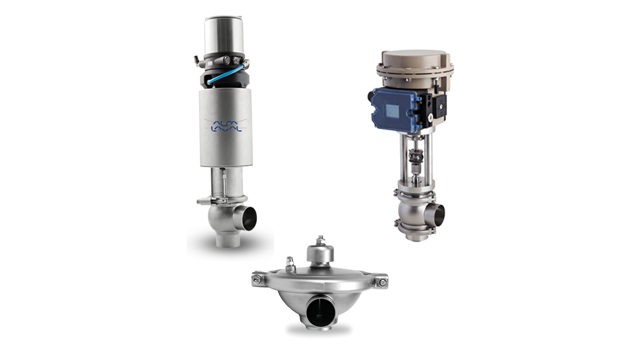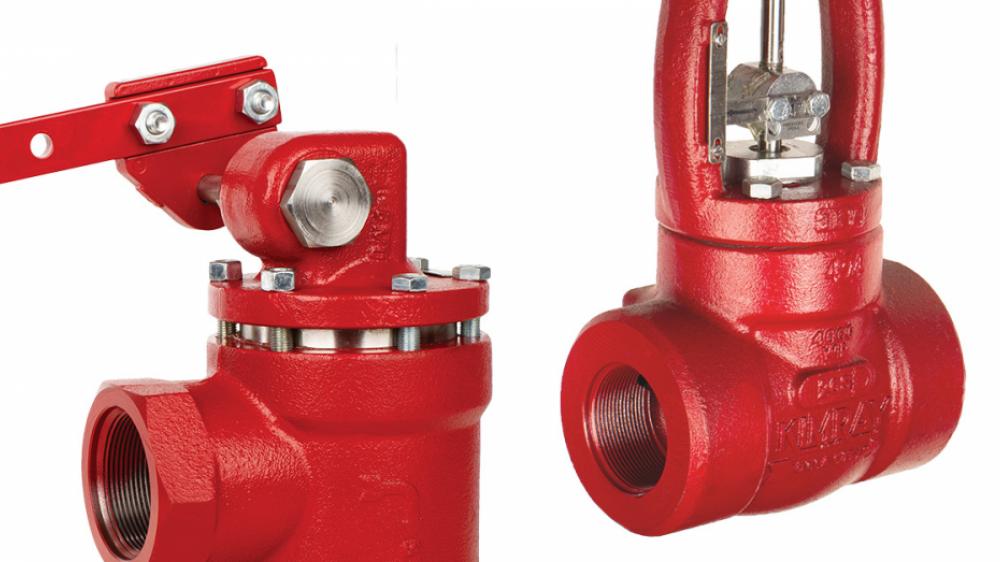The Role of Control Valves in Fluid Circulation Monitoring Equipment
The Role of Control Valves in Fluid Circulation Monitoring Equipment
Blog Article

Maximize Power Financial Savings and Convenience With Advanced Building Automation Controls
In the realm of modern design and center monitoring, the assimilation of innovative structure automation manages stands as a critical development. The convergence of modern technology and sustainability has actually birthed a brand-new age where energy efficiency, convenience optimization, and functional streamlining are no longer remote ambitions but attainable facts. By harnessing the power of automation, buildings can adapt, react, and progress in manner ins which were when unimaginable. The capacity for considerable power cost savings and improved convenience is not simply a possibility yet a guarantee waiting to be satisfied. This standard change in structure administration holds the crucial to unlocking a world where environmental conscientiousness and occupant health sympathetically exist together within the walls of our structures.
Power Effectiveness Perks
Energy efficiency advantages can substantially reduce energy consumption and functional costs in structures. Energy-efficient systems, such as innovative building automation controls, can maximize the usage of resources like home heating, illumination, and cooling, leading to lower power costs over time.
Additionally, improved energy performance can extend the lifespan of structure tools and systems. By running a lot more effectively, cooling and heating systems, lighting fixture, and other structure parts experience less damage, leading to decreased upkeep and replacement prices. Furthermore, energy-efficient structures often regulate higher residential property values and rental prices, giving long-term financial benefits to proprietors.
Moreover, power performance can enhance resident comfort and productivity. Appropriately controlled interior environments with optimal lighting and thermal problems develop a more enjoyable and conducive office, resulting in boosted worker complete satisfaction and efficiency. On the whole, the power efficiency advantages related to innovative structure automation controls are multifaceted, incorporating price savings, environmental stewardship, and owner well-being.
Boosted Comfort Control
Enhancing comfort control in structure atmospheres calls for a sophisticated integration of sophisticated automation systems for ideal passenger health. By utilizing advanced building automation controls, facilities can tailor the interior setting to satisfy the specific requirements and preferences of residents. These systems allow exact guideline of air flow, temperature level, and lights, producing a comfortable and efficient environment. Passenger satisfaction and productivity are closely linked to thermal comfort, making it important to have systems in position that can adapt to changing conditions in real-time.
By incorporating these innovative controls, buildings can not just enhance comfort yet likewise boost power efficiency by maximizing system procedures based on real tenancy and usage patterns. Inevitably, focusing on passenger convenience with innovative automation systems leads to an extra delightful and much healthier interior environment.
Operational Effectiveness Improvements

Furthermore, the execution of real-time tracking and analytics tools enables structure operators to use this link identify power ineffectiveness and operational abnormalities promptly. By constantly keeping an eye on energy use patterns and system performance metrics, changes can be made in real-time to enhance energy intake and guarantee peak functional performance. control valves. Furthermore, including need action techniques into structure automation controls can better enhance functional efficiency by dynamically adjusting power usage based on grid conditions and pricing signals
Indoor Environment Optimization
Efficient interior environment optimization click to read is a fundamental aspect of building automation controls, guaranteeing occupants' convenience and well-being while maximizing power financial savings. By using advanced sensing units and controls, constructing automation systems can continually monitor and adjust temperature, moisture degrees, air top quality, and air flow to develop an optimum interior setting. Keeping consistent and comfortable conditions not only enhances occupant fulfillment yet additionally boosts productivity and overall well-being.
Indoor climate optimization also plays a critical duty in power effectiveness. By fine-tuning heating, cooling, and air flow systems based upon real-time information and occupancy patterns, constructing automation controls can dramatically decrease power consumption - control valves. Executing approaches such as demand-controlled ventilation and thermal zoning can assist reduce power waste while making sure that each location of the structure gets the required conditioning.

Lasting Environment Production
Structure automation manages not just enhance interior climate problems for power performance and owner comfort however additionally lay the foundation for producing a lasting environment with strategic monitoring of systems and resources. By integrating innovative structure automation innovations, such as sensors, actuators, and intelligent software program, centers can change and check power use in real-time to lessen waste and minimize their carbon footprint. These systems enable anticipating upkeep, determining prospective problems before they rise and enhancing tools performance to improve durability and efficiency.
Furthermore, sustainable environment creation prolongs beyond power administration to incorporate water conservation, waste reduction, and indoor air quality enhancement. Structure automation controls can control water use, spot leaks, and make certain proper waste disposal practices, contributing to overall sustainability initiatives. In her response addition, by managing and monitoring air flow and filtration systems, these modern technologies improve resident health and performance while lowering power intake associated with HVAC procedures.
Verdict
Finally, progressed building automation controls offer substantial advantages in terms of energy cost savings, comfort control, functional performance, indoor climate optimization, and producing a lasting setting. By applying these controls, structures can attain optimal performance while minimizing power intake and improving resident comfort. It is obvious that making use of sophisticated automation modern technology is important in enhancing building performance and creating a much more sustainable future.
Energy effectiveness benefits can dramatically reduce energy usage and functional costs in buildings. Generally, the power efficiency advantages connected with sophisticated building automation controls are complex, encompassing expense savings, environmental stewardship, and owner wellness.
Furthermore, including demand action approaches right into building automation controls can even more improve operational effectiveness by dynamically adjusting energy usage based on grid conditions and prices signals.
Structure automation controls not just enhance indoor environment conditions for power performance and owner convenience however also lay the foundation for developing a sustainable environment through strategic management of resources and systems.In verdict, progressed building automation regulates deal considerable benefits in terms of power savings, convenience control, functional efficiency, indoor environment optimization, and developing a sustainable environment.
Report this page